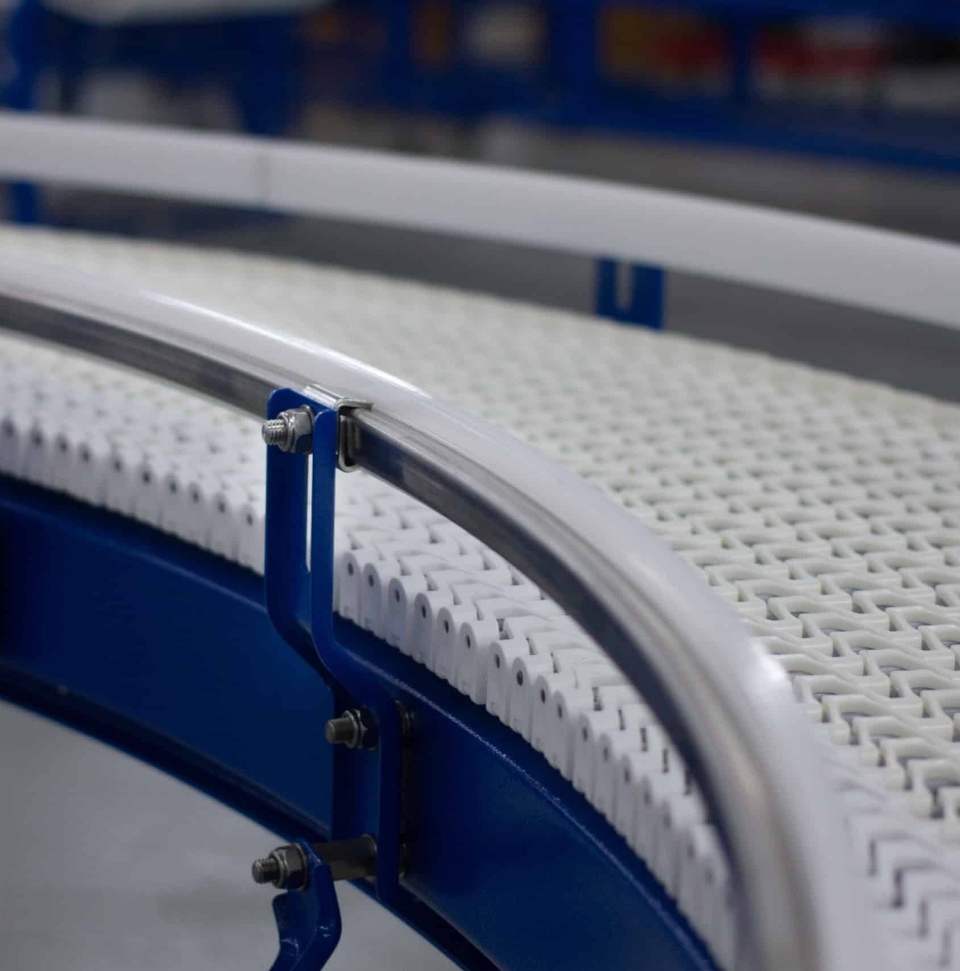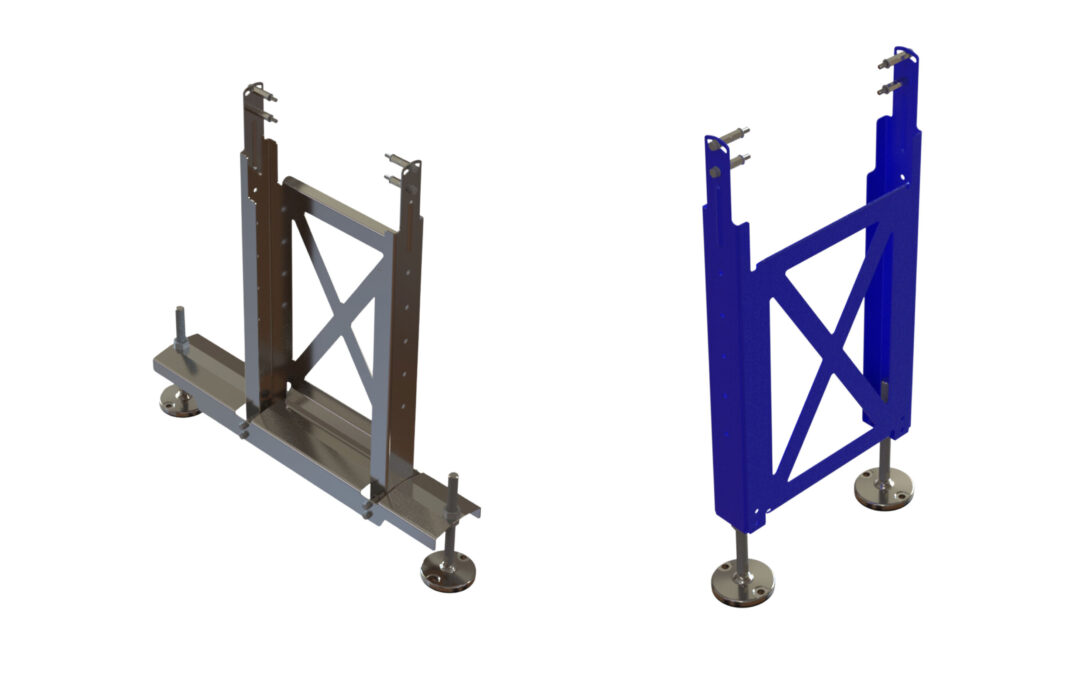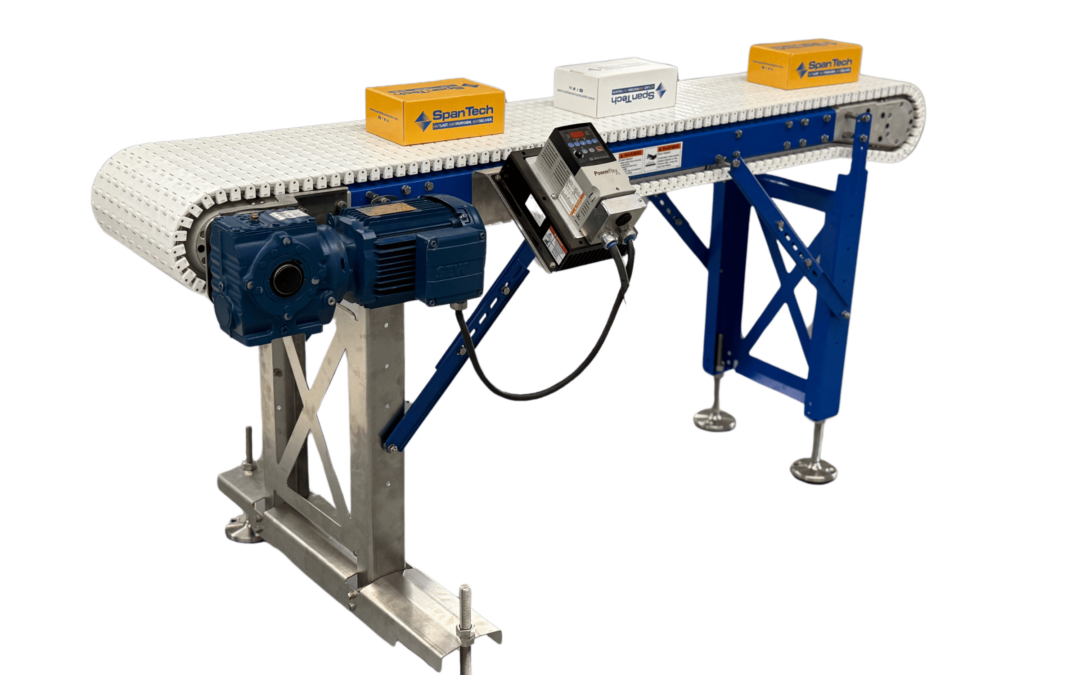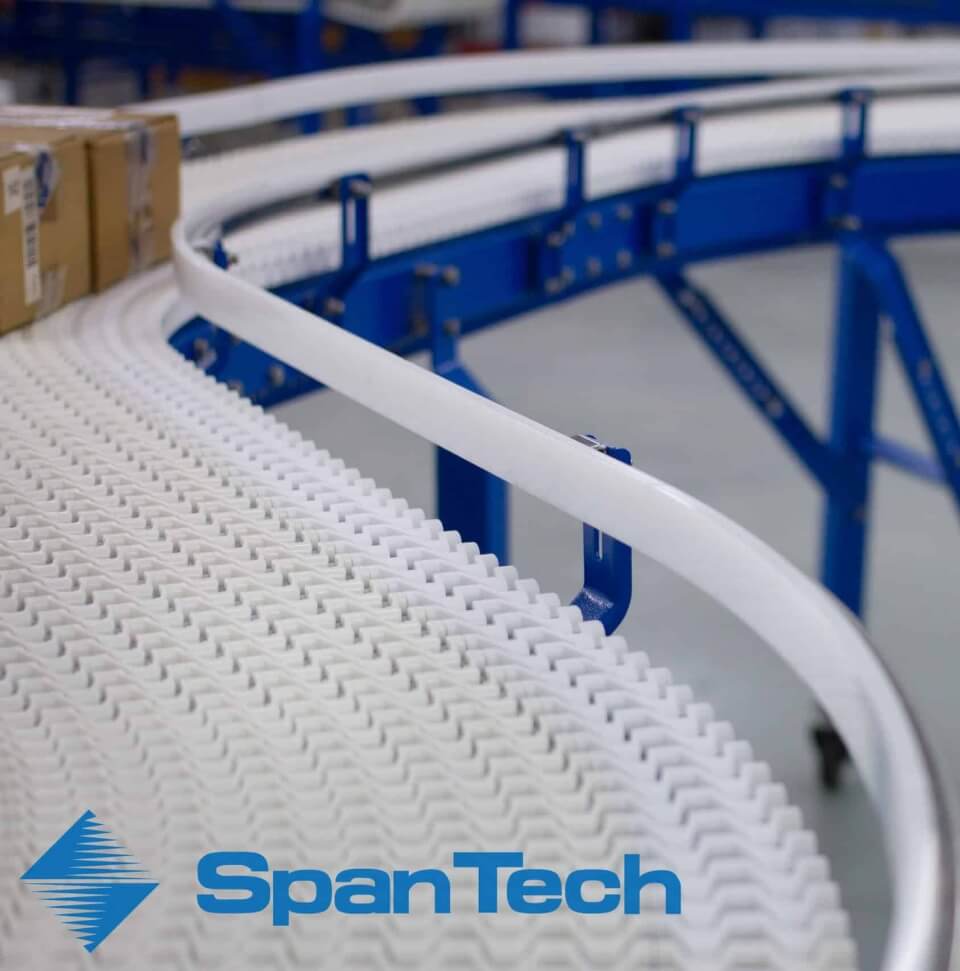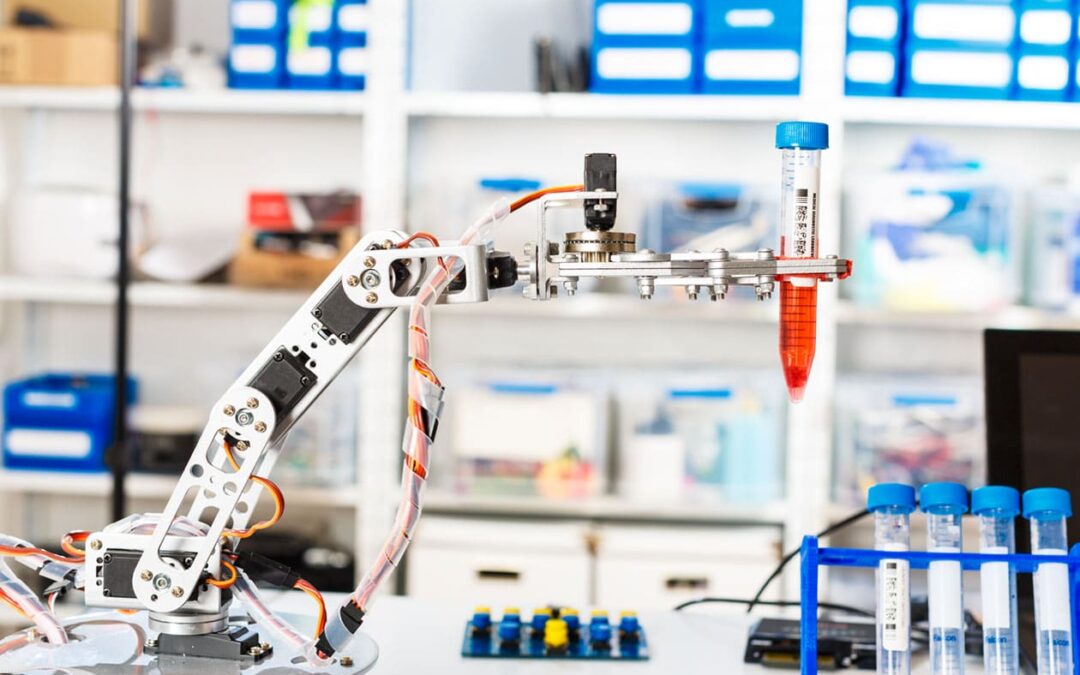
Advantages of Robots in Manufacturing
There are many advantages of robotics integration in the manufacturing industry. Five main advantages of robotics are:
1. Improved Quality, Productivity and Efficiency
Utilizing production robotics increases the speed of manufacturing by operating 24/7. Because robots don’t need breaks or shift changes, there is less downtime, which improves productivity and efficiency. Also, because robots can be programmed to manufacture a product the exact same way every time, manufacturers will enjoy the benefits of higher-quality products coming off their conveyor lines.
2. Increased Flexibility
It’s important for manufacturers in today’s business environment to be flexible. With constant changes in designs, materials and processes, human laborers can require regular retraining, which costs time and money. Manufacturing with robotics allows for quick changes through simple reprogramming.
3. More Consistency
Robotics integration provides more precise and reliable production at a higher level of quality. There is no worry about human error causing mistakes or issues in production.
4. Better Safety
Programming robots to perform simple, repetitive tasks reduces the risk of injury for workers. Also, production can be overseen online from a remote location.
5. Improved ROI
The increased productivity and efficiency allows businesses to see an increase in revenue and improved return on investment. Robotics in factories also frees up workers to use their skills in more challenging tasks that cannot be automated.

Disadvantages of Robots in Manufacturing
Although there are many reasons to add robotics to your factory, there are a few disadvantages to consider before you jump in.
1. High Initial Investment
Although prices have gone down, robots still require a large investment upfront. Carefully research exactly how much it will cost your business for robotics integration and analyze if the total cost is worth it.
2. Limited Expertise
Besides investing in robots, you also need skilled workers to operate, program and maintain them. That means either hiring personnel or training existing workers to handle the required tasks.
3. Technology Limitations
Although robots can handle many tasks, there are still some production processes that require more complex programming than is currently available.
Let Span Tech Help You Find a Robotics Integration Solution for Your Business
Now that you know more about the pros and cons of robots in manufacturing, you can make an informed decision on if you want to use them for your business. If you have questions or want to find out more about robotics integration, Span Tech can help. Contact us today and find out how.










